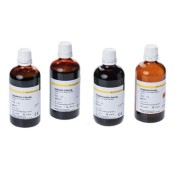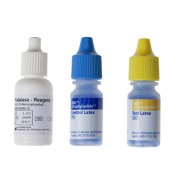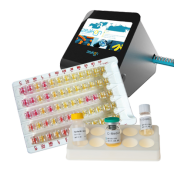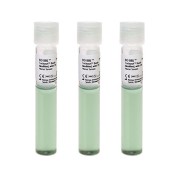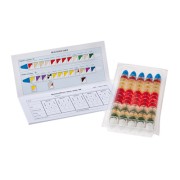
Identifizierung (ID)
After the pathogen has been cultivated in pure culture, the pathogen is differentiated by means of biochemical characterization of the different bacteria and fungi. According to the EUCAST specifications, the antibiogram or antimycogram is only created as the next step after the completed identification.
As a helpful overview, you will find the individual steps in the flow chart for pathogen identification and resistance testing (4-plate scheme).
In manual microbiology, various reagents and identification systems are available for identifying pathogens. They allow further differentiation of Gram-negative or Gram-positive bacteria or yeasts and fungi into various (sub-)species.
You can find application videos for these systems in our self-study section. In addition, our AUROSAN hands-on courses on microbiology from A-Z offer the opportunity to use various identification systems in practice. All dates and further information about our training courses can be found here.
If you are alternatively interested in the possibility of (partially) automated microbiology for your laboratory, we would be happy to introduce you to the MICRONAUT system. Ask us for advice!

